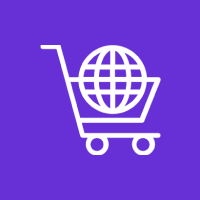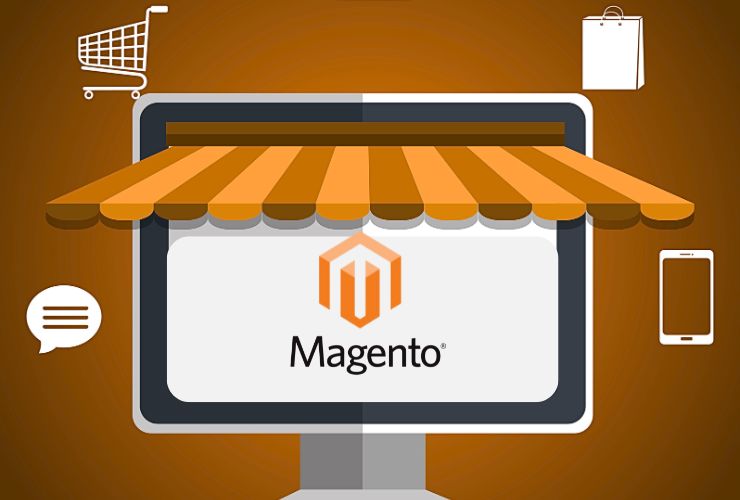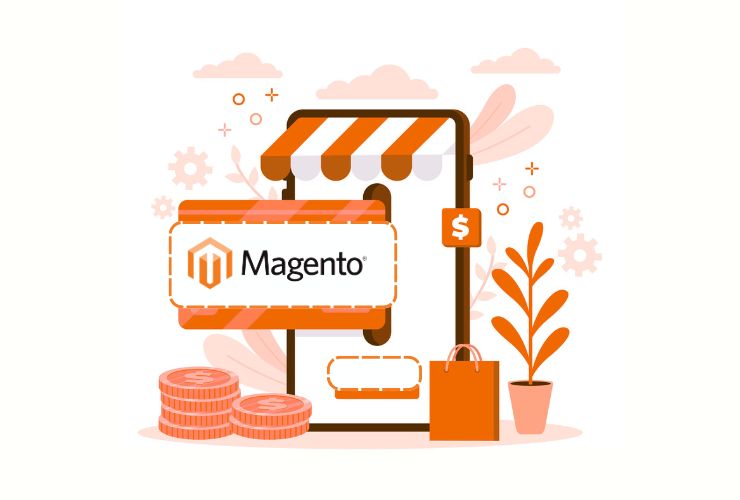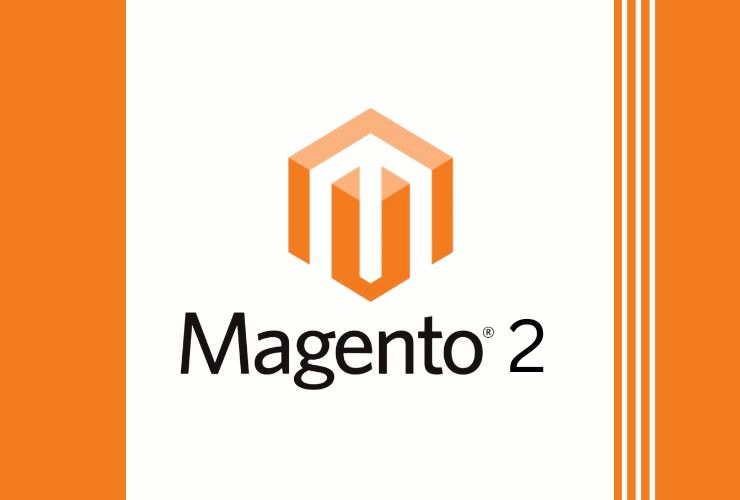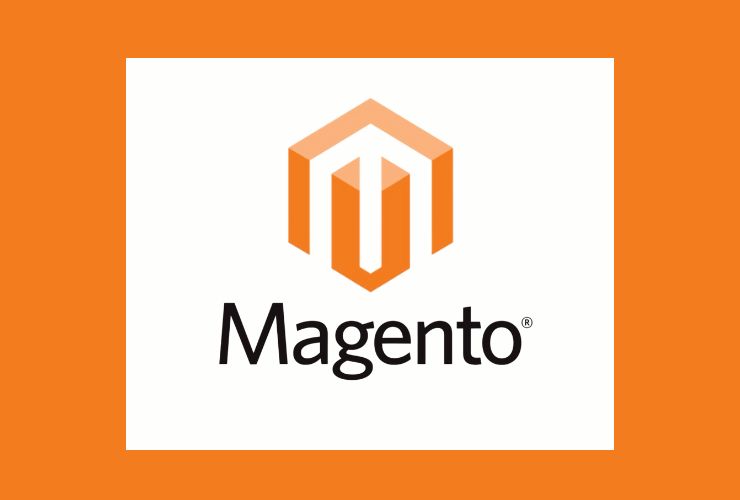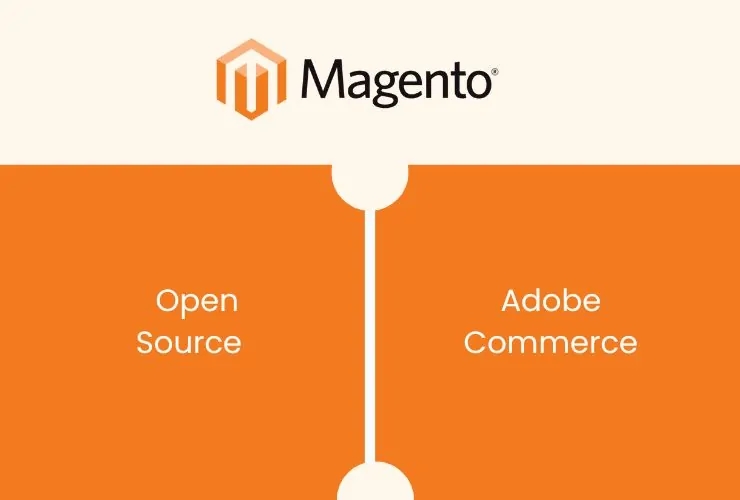Magento is widely recognized as one of the most powerful and flexible e-commerce platforms, with thousands of businesses relying on it all over the world. Its scalability, extensive features, and flexibility for any online retailer make it a favorite among small and large retailers alike. However, with popularity comes risk; after all, Magento stores are a prime target for cyberattacks, and there are numerous common Magento vulnerabilities, outdated software, weak passwords, insecure extensions, and poorly configured servers, that can leave your store vulnerable.
A successful cyberattack that exposes your sensitive data, products, and payment methods can lead to data breaches, loss of income, downtime, and damage to your brand reputation — making it challenging to recover in an ever-increasing competitive online e-commerce world.
In this blog we are going to provide you with the steps you can take to protect against some common vulnerabilities and hacks associated with Magento, including tips, best practices, and professional recommendations in securing your online store – ultimately protecting you and your customers!
1. Keep Magento Up to Date
Keeping your Magento platform up to date is a crucial step in maintaining security. Magento regularly releases updates and security patches to address known vulnerabilities, enhance performance, and add features. Not using the latest version exposes your store to hackers who will exploit known issues.
Best Practices:
- Register for security alert emails to inform you of new vulnerabilities and patches to release.
- Apply security patches after release, preferably to a staging environment first, to evaluate compatibility.
- Read release notes regularly for identified critical and performance fixes.
2. Utilize Strong Passwords with 2FA = Two-Factor Authentication
Weak and reused passwords are one of the primary causes for unauthorized access. Most breaches can be traced back to simple credentials. Magento has built-in support for strong password policies, as well as 2FA which creates an extra component of defense.
Best Practices:
- Enforce high complexity passwords using letters, numbers, and special characters for all users.
- Do not enable 2FA for admin and privileged accounts.
- Regularly audit user roles and permissions ensuring those with critical capabilities are necessary for operations.
3. Protect Your Admin Interface
The Magento admin interface is the center of your store and is regularly targeted by cyber criminals. Protecting it well limits unwanted changes to your store, data theft, and downtime.
Best Practices:
- Change the default admin URL to a custom one to make it harder to guess.
- The best way to limit unauthorized access to your admin interface is to limit access by IP address wherever possible – meaning if you can restrict access to your store to trusted networks, do it.
- Use SSL certificates to protect all admin connections from interception.
- Keep an eye on login attempts to your admin interface, and lock the account out after multiple login attempts.
PRO TIP: Consider setting up alerts through email or SMS to let your admins know of any unusual activivties if they are logged in.
4. Use Trusted Extensions/Modules
Extensibility is one of the biggest strengths of Magento – but third-party extensions may introduce vulnerabilities if they are poorly coded or outdated. Many hacks occur because hackers exploited vulnerabilities in popular plugins.
Best Practices:
- Only install extensions from trusted and reputable developers, and they should have positive reviews and provide active support.
- Always update the plugins you have installed to remove vulnerabilities.
- You should periodically audit all plugins you have installed, and remove any you no longer use, or any that are suspect.
- Code review the plugins you do use, especially those that are transacting money, or in any way handle customer data.
5. Utilize a Web Application Firewall (WAF)
The WAF is your first defense line against malicious traffic, SQL injections, cross-site scripting (XSS), and other hacking methods.
Best Practices:
- Use a WAF from a trusted source to monitor and filter incoming requests to your application.
- Create rules to automatically block any suspicious activities, such as multiple failed login attempts or any other patterns of unusual traffic.
- Audit your WAF logs regularly to identify unusual behavior or activity, and prepare to respond to a potential attack.
Pro-Tip: Pair a WAF with a CDN for additional protection and quicker load times.
6. Secure Your Server and Hosting Environment
The security of your Magento application largely relies on your server configuration and hosting environment. You can have a secure installation of Magento but weak server configuration can still leave your site vulnerable.
Best Practice:
- Use reputable hosting providers that have secure, Magento optimized servers with a strong firewall and intrusion detection system.
- Keep the server software up to date, including PHP, MySQL, Apache/Nginx and any other dependencies.
- Disable unneeded services or ports to reduce attack surface.
- Make sure proper file permissions are set so unauthorized users cannot access sensitive directories.
- Secure all customer or admin communications using SSL/TLS certificates.
7. Regular Backups and Monitoring
A security incident can happen even among the strictest protection measures. Having regularly scheduled backups saves time in restoring your site and reduces downtime.
Best Practices:
- Schedule your database and files for automated daily or weekly backups.
- Use secure off-site locations for backups, such as cloud storage or encrypted hard drives.
- Monitor server logs, user activity, and website performance for indications of strange activity to detect potential activity early.
Pro Tip: Create versioned backups that allow you to roll back to multiple previous states should a corruption or malware issue occur.
8. Educate Your Team
Human error is typically the weakest link in security. Employees and administrators must understand Magento security best practices in order to prevent accidental incidents.
Best Practices:
- Train employees to identify phishing attempts, suspicious and unsolicited emails, and social engineering attempts.
- Train content editors and administrators about safe password practices and uploading practices for files.
- Train to recognize potential issues and clearly outline security policy, such as access, usage of personal devices, and reporting earned trust issues.
Pro Tip: Follow up best practices by conducting periodic security awareness sessions to refresh or improve awareness and newly identified incidents and threats.
9. Regularly Monitor and Audit Your Magento Store
Security is not something you just set up and forget. Continuous monitoring and auditing allows you to identify vulnerabilities prior to an attacker exploiting them.
Best Practices:
- Utilize security scanning tools to identify malware, outdated components, and configuration weaknesses.
- Conduct regular vulnerability assessments and penetration testing.
- Review user activity logs to identify unexplained behaviour such as failed login attempts and compromise of admin privileges.
Pro Tip: Consider writing a security checklist that has updates, review extensions, and audits of servers and follow your checklist.
10. Develop Incident Response Plans
No system is ever completely safe – even with all of this work to secure your store, there still exists the chance of a breach. That is why it is important to develop Plans for Incident Response so you are prepared with a timely action plan if a breach occurs.
Best Practices:
- Designate a response team that will be responsible to respond to a security incident.
- Establish a communication plan to customers and stakeholders in the event of sensitive data exposure.
- Maintain an up-to-date backup in order to restore the website if necessary.
- Document lessons learned and use to improve future defenses.
Pro Tip: Test incident response plans through simulated attacks or drills.
Conclusion
Securing a Magento store is an ongoing process, requiring diligence, regular updates, and proactive management. By implementing these strategies — updating Magento and extensions, enforcing strong passwords and 2FA, securing the admin panel, using trusted plugins, deploying a WAF, maintaining secure hosting, performing regular backups, educating your team, monitoring the system, and preparing an incident response plan — you can significantly reduce the risk of vulnerabilities and hacks.
Investing in Magento security not only protects your store, customers, and data but also enhances trust, boosts business credibility, and ensures long-term operational success.



